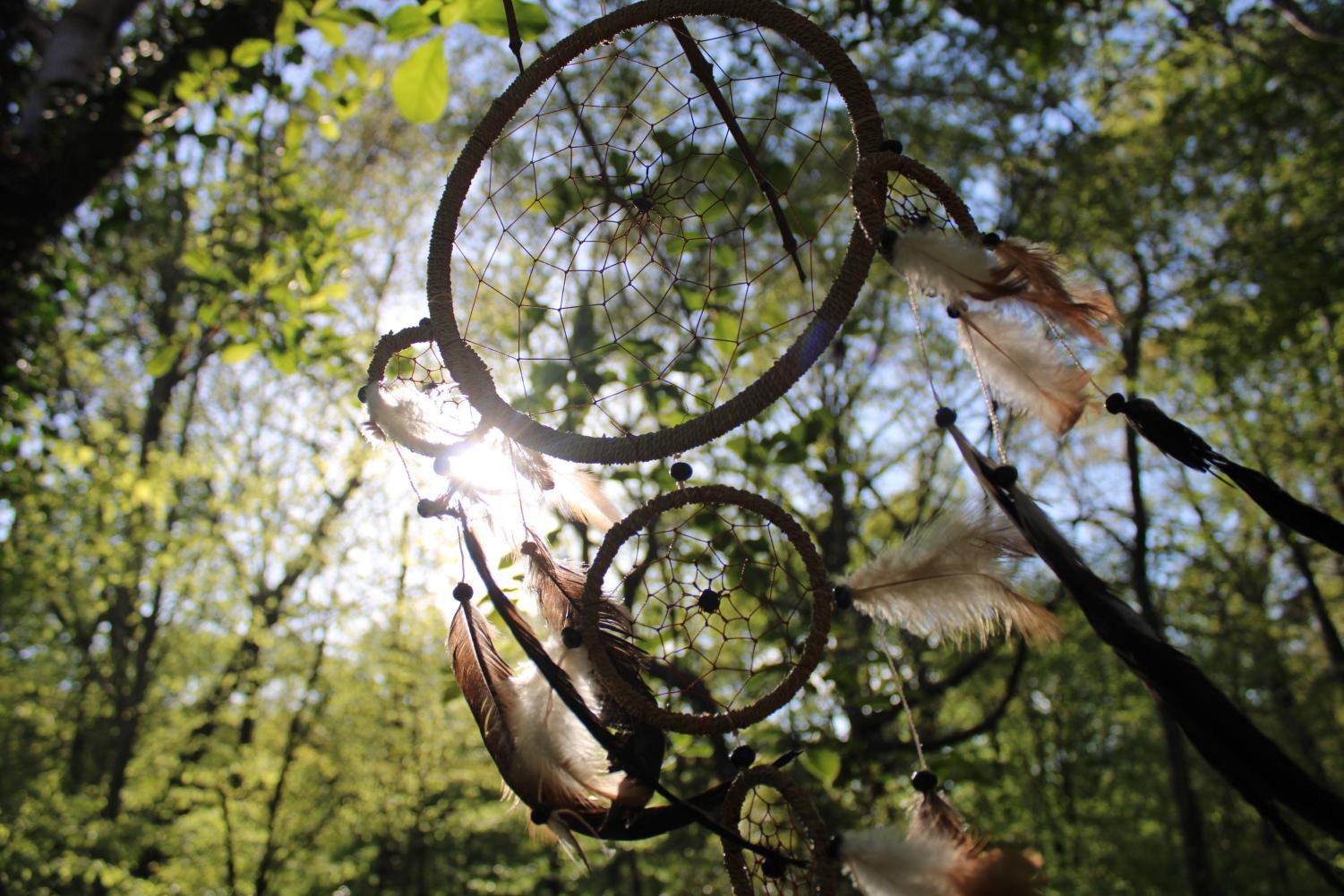Dreams about nature often carry deep significance, reflecting our innermost thoughts and feelings. These dreams can manifest as lush forests, expansive oceans, or serene landscapes, each symbolizing various aspects of our psyche and experiences. By learning how to interpret dreams about nature, you can gain valuable insights into your emotional state and personal growth. In this article, we will explore effective methods for understanding dreams about nature.
Keep a Dream Journal
One of the best ways to understand dreams about nature is to maintain a dream journal. Write down your dreams as soon as you wake up, capturing the details while they are still fresh in your mind. Note the specific elements of nature that appeared, such as trees, mountains, or rivers, and any emotions you experienced during the dream. This practice not only enhances your dream recall but also helps you identify recurring themes over time, making it easier to analyze the significance of nature in your dreams.

Reflect on the Emotional Impact
The emotions you experience during dreams about nature can provide critical insights into their meanings. Were you feeling peaceful and serene, or anxious and overwhelmed? Different natural settings can evoke various emotional responses, which may relate to your waking life. For instance, dreaming of a calm lake may symbolize tranquility and emotional balance, while a raging storm could indicate turmoil or stress. Reflecting on your feelings helps you understand the underlying messages within your dreams.
Consider Personal Associations
When interpreting dreams about nature, consider your personal associations with specific natural elements. For example, if you have fond memories of hiking in the mountains, dreaming of those landscapes may represent a desire for adventure or exploration. Conversely, if you associate a particular tree with a painful memory, dreaming about it might signify unresolved issues. Understanding your unique connections to different elements of nature enriches your interpretation and reveals deeper layers of meaning.
Analyze the Context
The context of your dream is crucial for understanding dreams about nature. Think about the events leading up to the dream and any recent experiences that might have influenced it. Are you going through a significant change, or facing challenges that relate to the themes presented in the dream? For example, if you dream of a forest filled with obstacles, it may reflect feelings of being lost or uncertain in your current life situation. By connecting the dream to your reality, you can uncover valuable insights into your emotional landscape.
Identify Recurring Themes
Pay attention to any recurring themes in your dreams about nature. Do you frequently dream about certain landscapes or natural phenomena? These recurring elements may signify ongoing thoughts or emotions that require attention. For instance, if you often dream about the ocean, it may symbolize your subconscious feelings regarding change, depth, or the unknown. Recognizing these themes can guide you toward personal growth and self-discovery.
Engage in Nature Activities
Finally, engaging in activities related to nature can deepen your understanding of your dreams. Spending time outdoors, whether hiking, gardening, or simply enjoying a park, can help you reconnect with the natural world. This connection may enhance your dream experiences and provide clarity about the meanings behind your dreams. Additionally, being in nature can serve as a source of inspiration, helping you gain insights that can be reflected in your dream interpretations.
Conclusion
Understanding dreams about nature can be a transformative experience, offering valuable insights into your inner self. By keeping a dream journal, reflecting on emotions, considering personal associations, analyzing context, identifying recurring themes, and engaging in nature activities, you can unlock the deeper meanings behind your dreams. Embrace this journey of exploration, as understanding your dreams can lead to greater self-awareness and personal growth.




